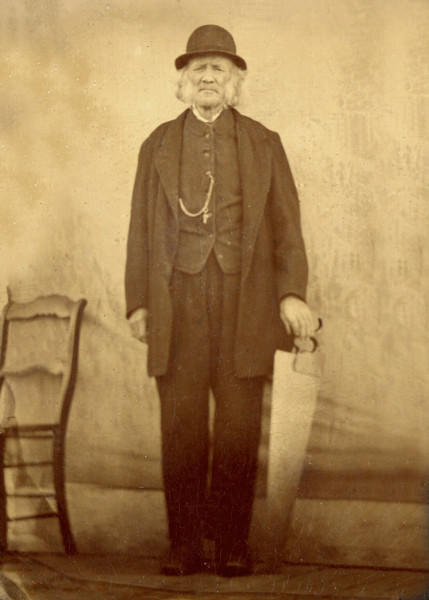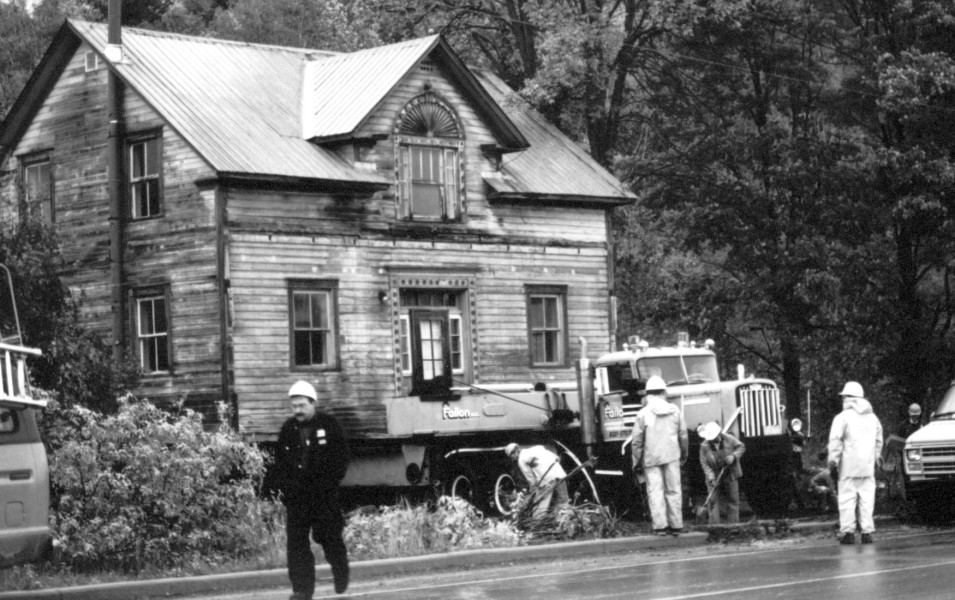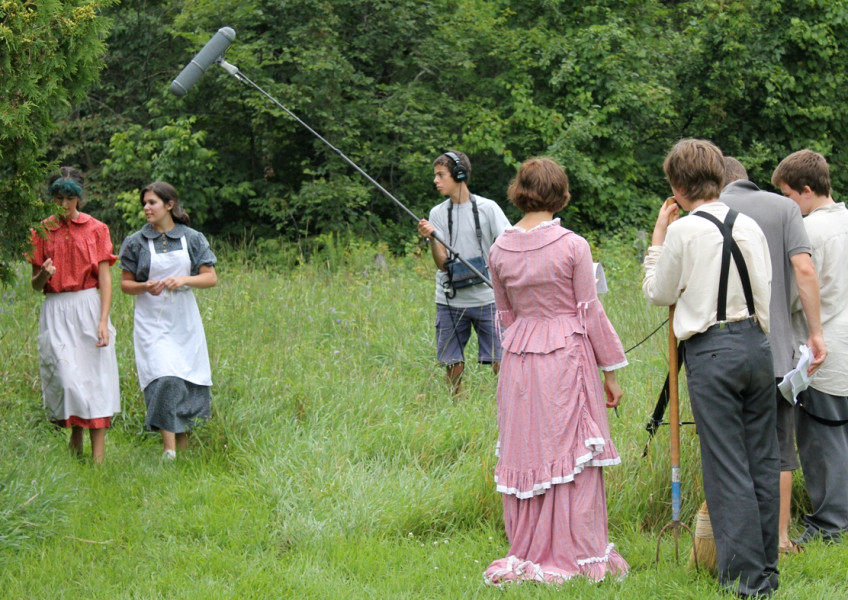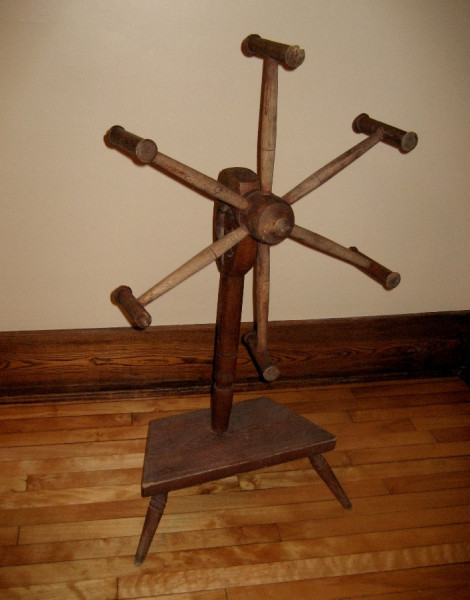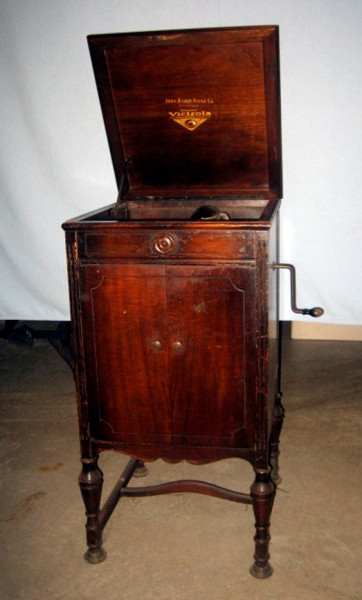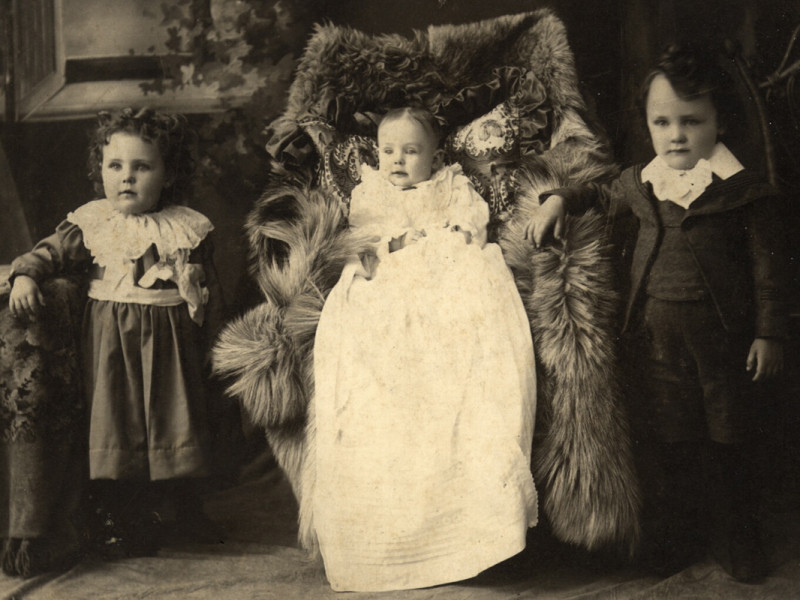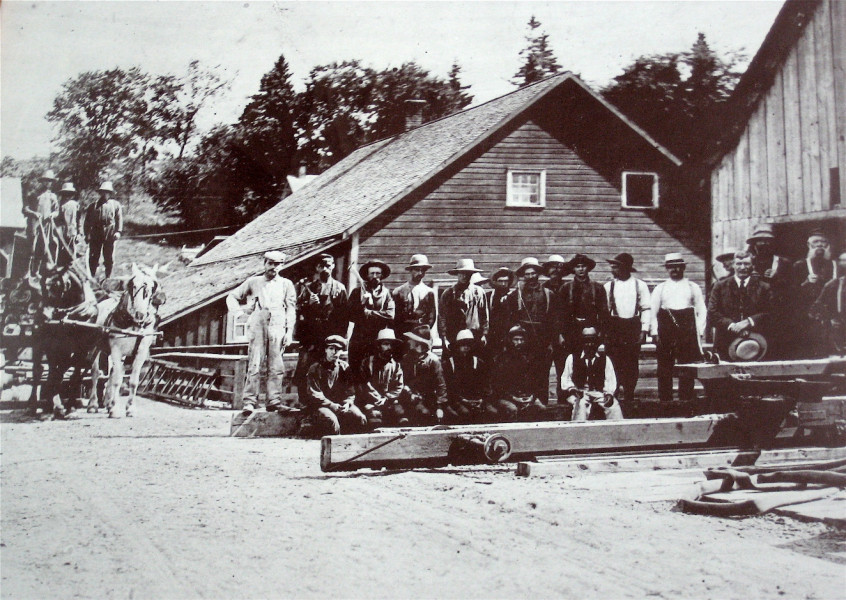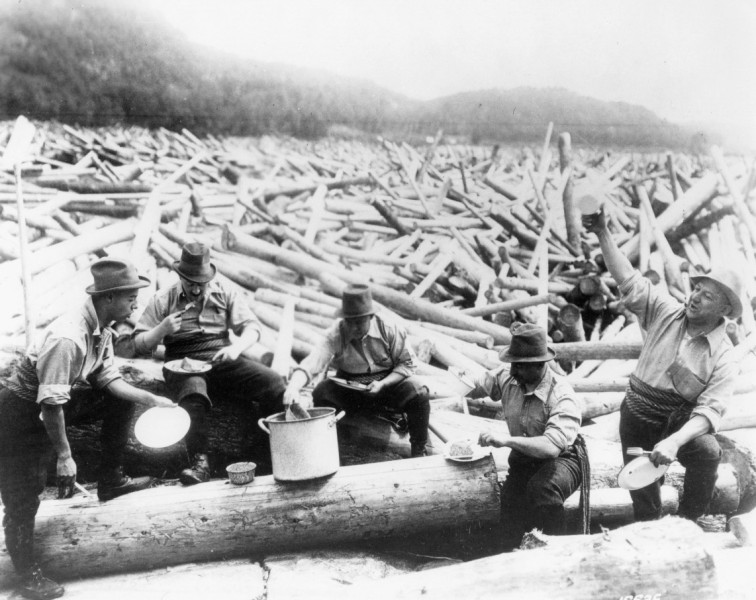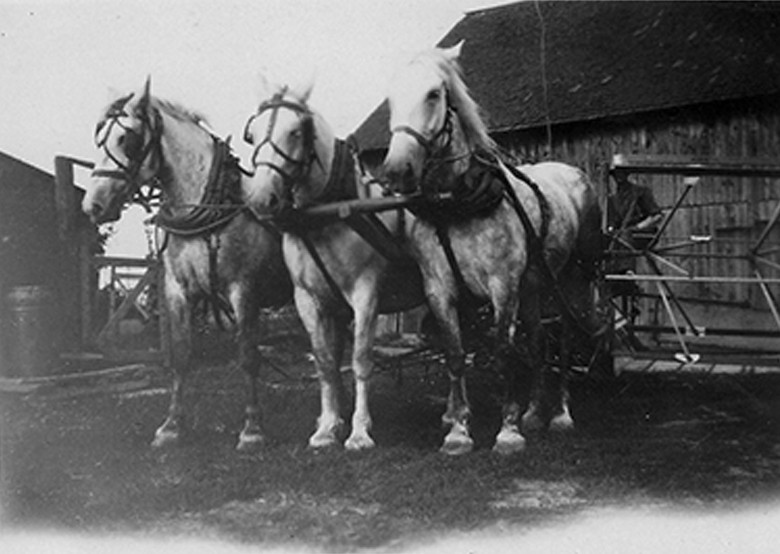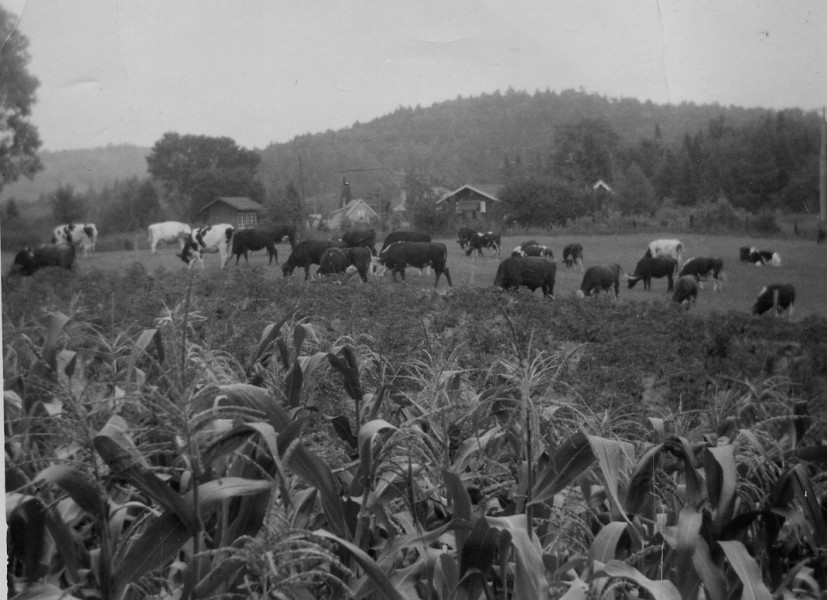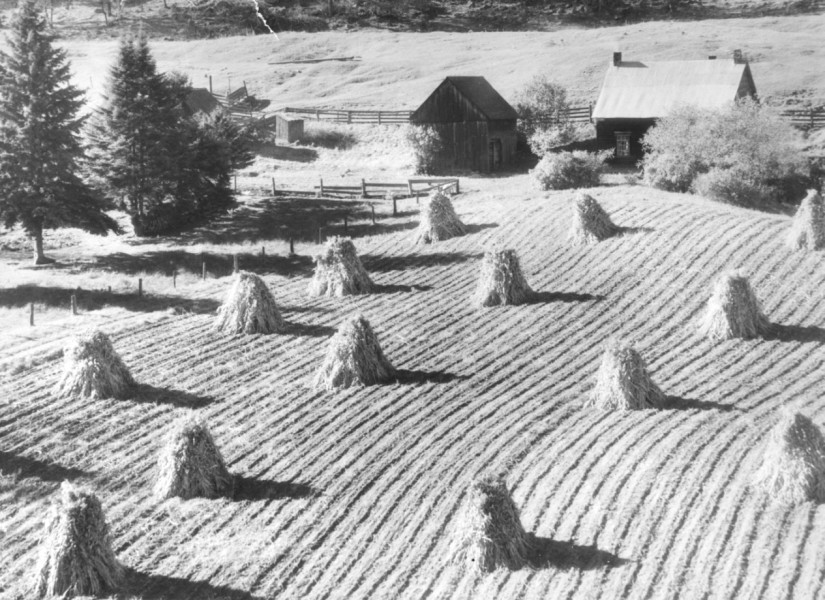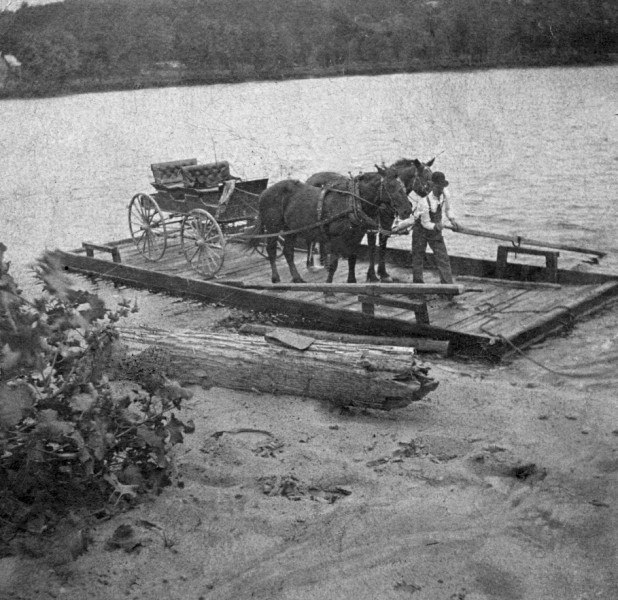From the earliest times, nomadic Algonquin families canoed the Gatineau River, and in the 17th century fur traders arrived to do business with the Indigenous hunters. More permanent settlements began with the logging boom in the early 1800s, bringing both employment and development, and soon immigrant families moved in to take up land grants offered by the government.
French-Canadians needed land and migrated to the Gatineau valley and distraught Irish and Scottish settlers came looking for homes. As the population increased, a railway line was built allowing new industries and communities to spring up. We believe the stories and songs of these times and the lives of our early settlers deserve to be told, understood and appreciated by new generations of Canadians.
Situated on the east shore of the Gatineau River at Wakefield, in the Municipality of La Pêche, the new Fairbairn House Heritage Centre is well poised to be the venue for telling these stories. It is located in a 150- year-old family home built by pioneer William Fairbairn, who also built the area's first flour mill in 1838.
The story of the house is itself a story of transformation. Moved twice -- once to make way for a highway and again later to avoid demolition -- the house now sits in the seven-acre Hendrick Municipal Park at the east end of the Wakefield Covered Bridge. It is currently in a period of restoration. Work on the exterior of the house was completed in the summer of 2010, and renovation of the interior is planned for 2011, with the official opening of the Centre projected for 2012.
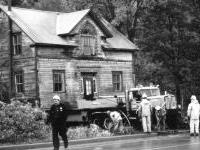 The concept of the Centre is to provide a bilingual focal point for preserving and sharing the area’s colourful history. Exhibits of a permanent, temporary, and shared nature, a period kitchen, and a heritage garden are planned. A small research centre with archive will be another window on the past. The surrounding parkland opens the way for living history through workshops, demonstrations, a period bandshell, and rustic amphitheatre, and as a focal point for special community events.
The concept of the Centre is to provide a bilingual focal point for preserving and sharing the area’s colourful history. Exhibits of a permanent, temporary, and shared nature, a period kitchen, and a heritage garden are planned. A small research centre with archive will be another window on the past. The surrounding parkland opens the way for living history through workshops, demonstrations, a period bandshell, and rustic amphitheatre, and as a focal point for special community events.
The Fairbairn House became the property of the Municipality of La Pêche in 2005, and, with the assistance of the Gatineau Valley Historical Society, was moved to its present location. The Maison Fairbairn House Solidarity Co-operative was formed as the legal structure of the Centre, as established with the Municipality. This structure allows residents and specialists to be temporary members of the board of directors in order to provide special advice or services to the project. Exterior renovations to return the house to its 1860s Victorian splendour were completed in September 2010 through donations from individuals and financial assistance from the Municipality of La Pêche, CLD des Collines de l'Outaouais, and the Caisse Populaire Desjardins de Masham-Luskville.
Hendrick Park is a rest stop on the Trans-Canada Trail, and the Centre is beginning to be the starting point for heritage tours of the area.

